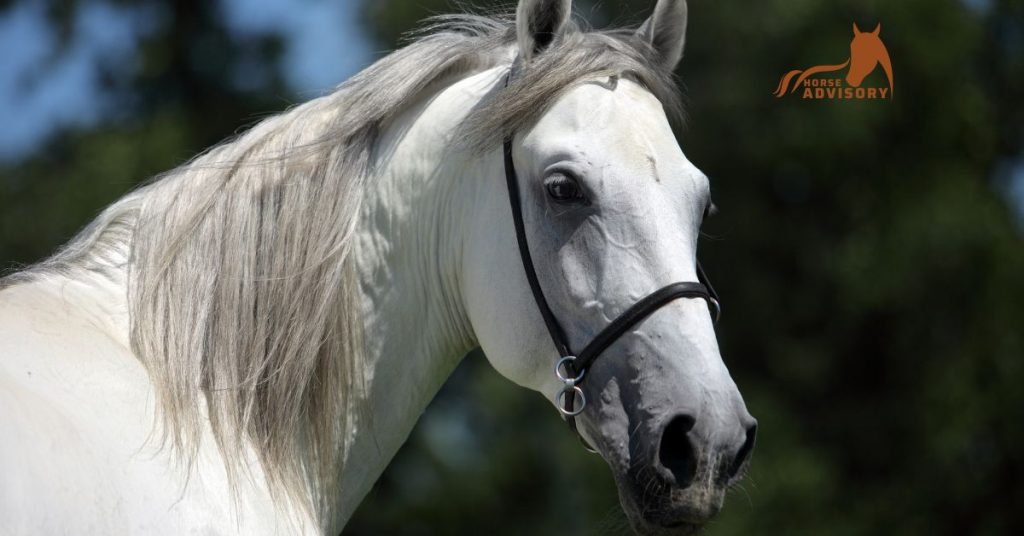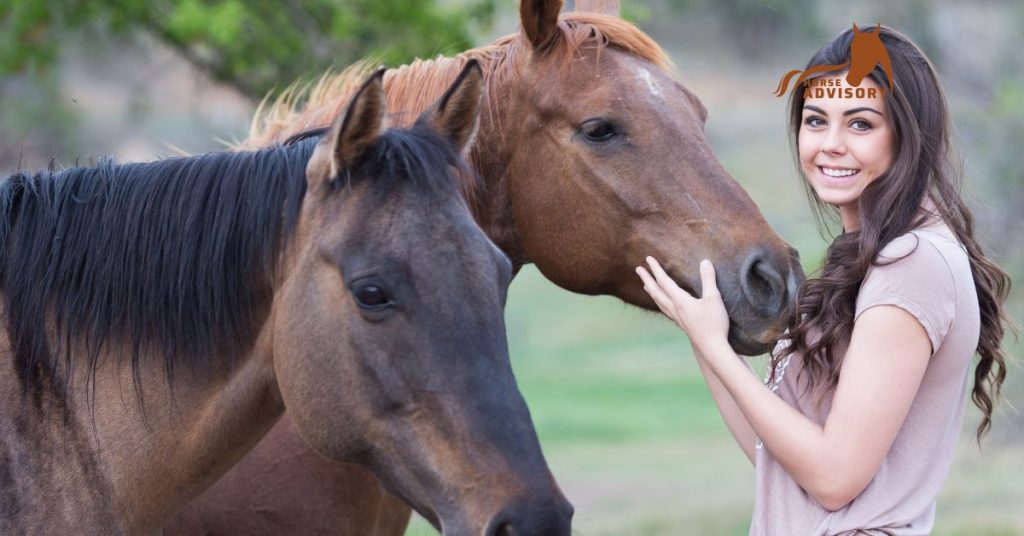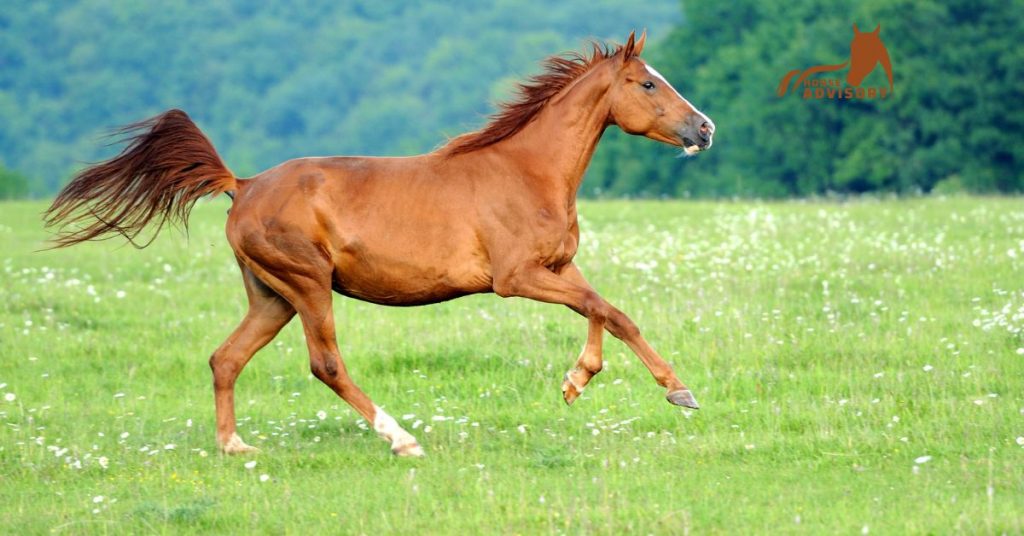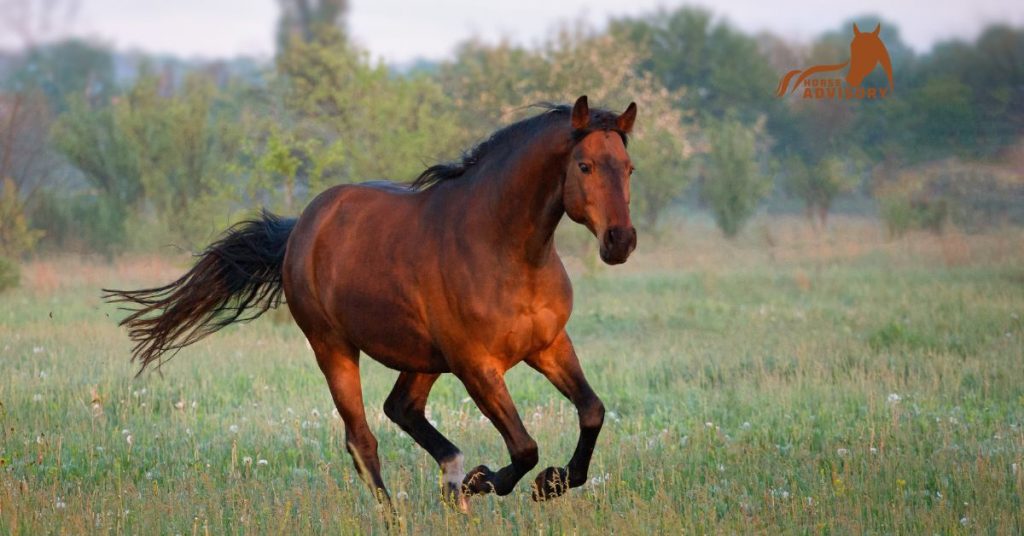Horses are herd animals and enjoy the company of their own kind. One of the best ways to introduce your horse to pasture is by slowly increasing their time out in a paddock or field. Here are 10 tips to help make the transition smooth for both you and your horse!
Why is it important to introduce horses to pasture?
1. It gives them the opportunity to express their natural behaviors. Horses are herd animals, and they need pasture time to graze, play, and interact with other horses. Providing access to a pasture helps keep them mentally and physically healthy.
2. It exposes them to natural elements that can help maintain their physical condition. Grazing in open spaces allows them to get much-needed nutrients from grasses and herbs, which can boost their immunity and overall health. Plus, running around with other horses outdoors will help keep their muscles toned.
3. It encourages socialization with humans and other horses alike. Spending time out in the pasture allows horse owners to monitor their behavior and build relationships more easily. This is especially important when introducing new horses to an existing herd.
4. It reduces the risk of boredom and unhealthy behaviors. When horses are confined to a stall, they can become restless and develop bad habits like pacing or cribbing. But when they’re given access to pasture, that energy is channeled into more beneficial activities like grazing and interacting with other horses.
10 Amazing Ways to Introduce Your Horse to Pasture
Introducing your horse to pasture is a great way for them to enjoy the outdoors and experience nature freely. But before you turn them loose, it’s important to understand the risks involved and practice proper safety protocols. Here are 10 amazing ways to ensure that introducing your horse to pasture goes smoothly:
1. Introduce Slowly
It’s important to progress slowly when introducing your horse to pasture. Start with a small section of the field and then gradually increase their access over time as they become comfortable. This helps ensure that they feel safe while exploring their new surroundings.
2. Keep an Eye on Them
Horses can be very curious in nature, so you’ll want to keep a close eye on them at all times when introducing them to pasture for the first time. This will help you spot any potential dangers before they happen and intervene if needed.
When it comes to protecting your horse from predators, fencing or netting is key! Install these around the perimeter of the pasture and make sure it’s well secured to avoid any potential escape attempts.

4. Keep Them Hydrated
Horses need plenty of fresh water when they’re grazing in the pasture, so make sure you provide a variety of different ways to access it such as buckets, automatic waterers, and troughs. This will help them stay hydrated and healthy all day long!
5. Consider Disturbing Locations
While most horses enjoy relaxing in the pasture, others feel the urge to be on the move all the time. If your horse is one that prefers to be active, consider putting them near a spot where you can frighten off predators without disturbing their rest. This could include using fireworks or other loud noises like alarms or car horns every so often.

6. Install Obstacles
If your horse is a natural athlete, consider installing obstacles like poles or tires around the pasture to encourage exercise and give them an extra challenge when playing outdoors. This will help keep their minds stimulated and muscles toned.
7. Choose Appropriate Forage
Choosing the right forage for your horse’s needs is key when introducing them to pasture. Talk with your vet or equine nutritionist about what types of grasses and herbs are best suited to their specific needs, as this can greatly impact their overall health and well-being.
8. Provide Shade
When full sunlight hits the pasture during peak hours, it can cause horses to overheat quickly if they don’t have access to shade. So consider putting up a few trees or providing some form of shelter to help keep your horse cool and comfortable at all times.
9. Monitor Their Weight
Horses are naturally grazing animals that need to be active in order to maintain their weight, so it’s important to monitor their eating habits as they explore the pasture on their own. If you notice them starting to gain or lose too much weight, adjust their diet accordingly and move them away from more active areas of the field.
10. Keep Them Secure
Finally, when introducing your horse to pasture, always make sure they have a strong halter and lead rope attached for easy control and safety. This will help you keep tabs on where they roam and prevent any potential accidents. With these tips in mind, you’ll be able to ensure a safe and enjoyable transition for your horse as they start exploring its new outdoor home!

Conclusion
Introducing your horse to pasture can be a fun and exciting experience, but it’s important to do so safely and carefully. To help ensure a smooth transition, try progressing slowly when introducing your horse to the pasture, keeping a close eye on them at all times, using fencing or netting around the perimeter of the field, providing plenty of fresh water, installing obstacles for extra exercise, choosing appropriate forage for their needs, providing shade from the sun, monitoring their weight, and keeping them securely tied to a halter and lead rope. With these tips in mind, you can help ensure that your horse has a safe and enjoyable experience exploring its new outdoor home!
Frequently Aske Questions
Q: How should I progress when introducing my horse to pasture?
A: To successfully transition your horse to pasture, you should start by gradually introducing them to the space. Begin by putting them in a small, contained area for short periods of time, and slowly increase their exposure as they become more comfortable. Additionally, keep an eye on them at all times during this process and be prepared to remove them from the field if necessary.
Q: What factors should I consider when choosing appropriate forage for my horse?
A: When choosing forage for your horse’s pasture, there are a few key things to take into consideration. These include the type of grasses or herbs that are best suited to their specific needs, how much they need to eat in order to maintain their weight, and how much time they spend grazing or eating during the day. By considering these factors when picking out forage, you can help ensure that your horse has everything they need to be happy and healthy in its new outdoor home.
Q: How can I provide shade for my horse in the pasture?
There are a few different options for providing shade in a horse’s pasture. You can plant trees or other tall vegetation around the perimeter of the field, install a shelter or tarp to provide some additional coverage, or even hang reflective blankets over sturdy bushes or branches to help keep your horse cool on sunny days. With these options in mind, you should have no trouble keeping your horse comfortable and protected from the sun as it explores its new home!
Q: What should I do if my horse starts gaining or losing weight in the pasture?
A: If you notice that your horse is starting to gain or lose weight, it’s important to adjust its diet accordingly. You may need to provide them with additional forage, move them away from certain areas of the field, or simply limit their time spent grazing or eating in order to help maintain a healthy body condition. With these strategies and tips in mind, you can help ensure that your horse stays at its ideal weight as it explores its new outdoor home!
Q: What should I do if my horse is at risk for injury or illness in the pasture?
A: To keep your horse safe and protected from potential injury or illness, it’s important to monitor their health closely. This can include looking out for signs of lameness, monitoring any changes in body weight, checking on their overall demeanor and energy levels, watching out for any signs of heatstroke or dehydration, and ensuring that they have access to fresh water at all times. With these tips in mind, you can help prevent injuries or illnesses and provide a healthy environment for your horse as it explores its new home!





